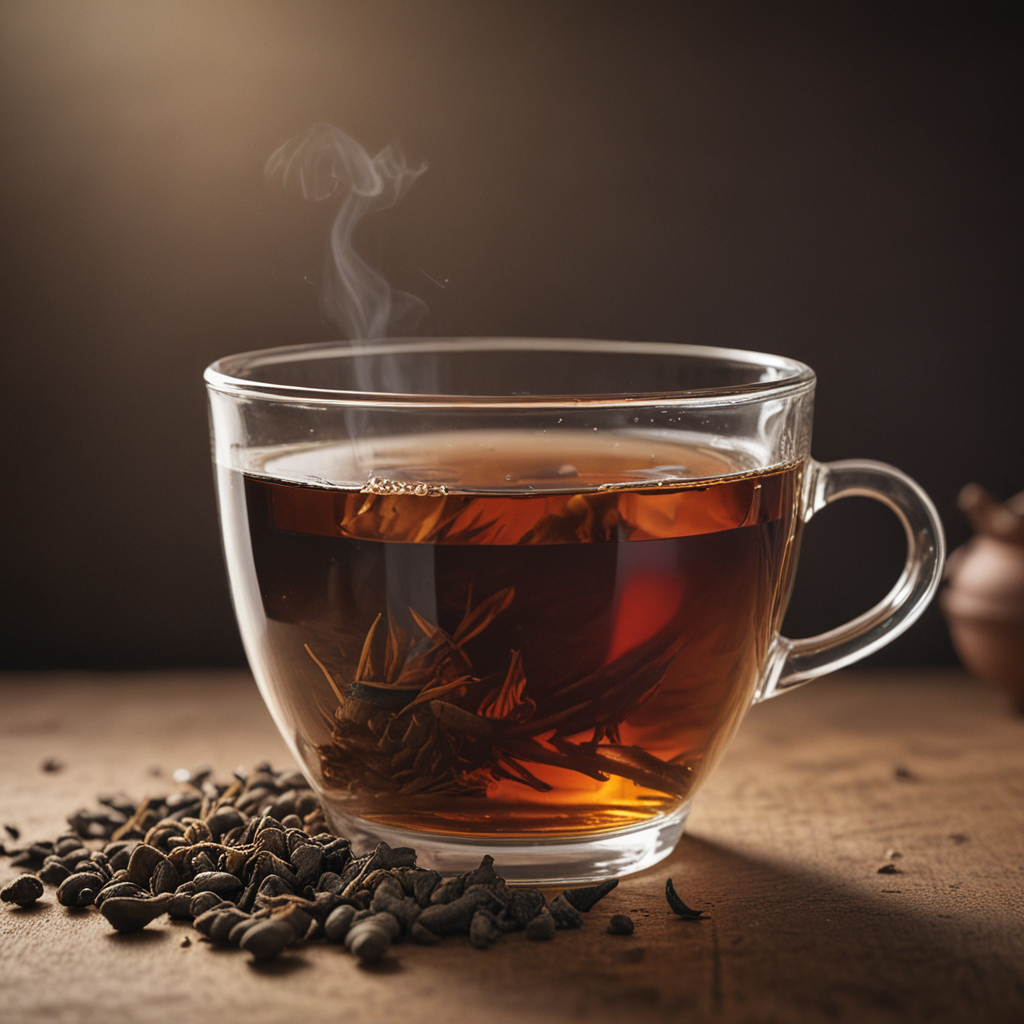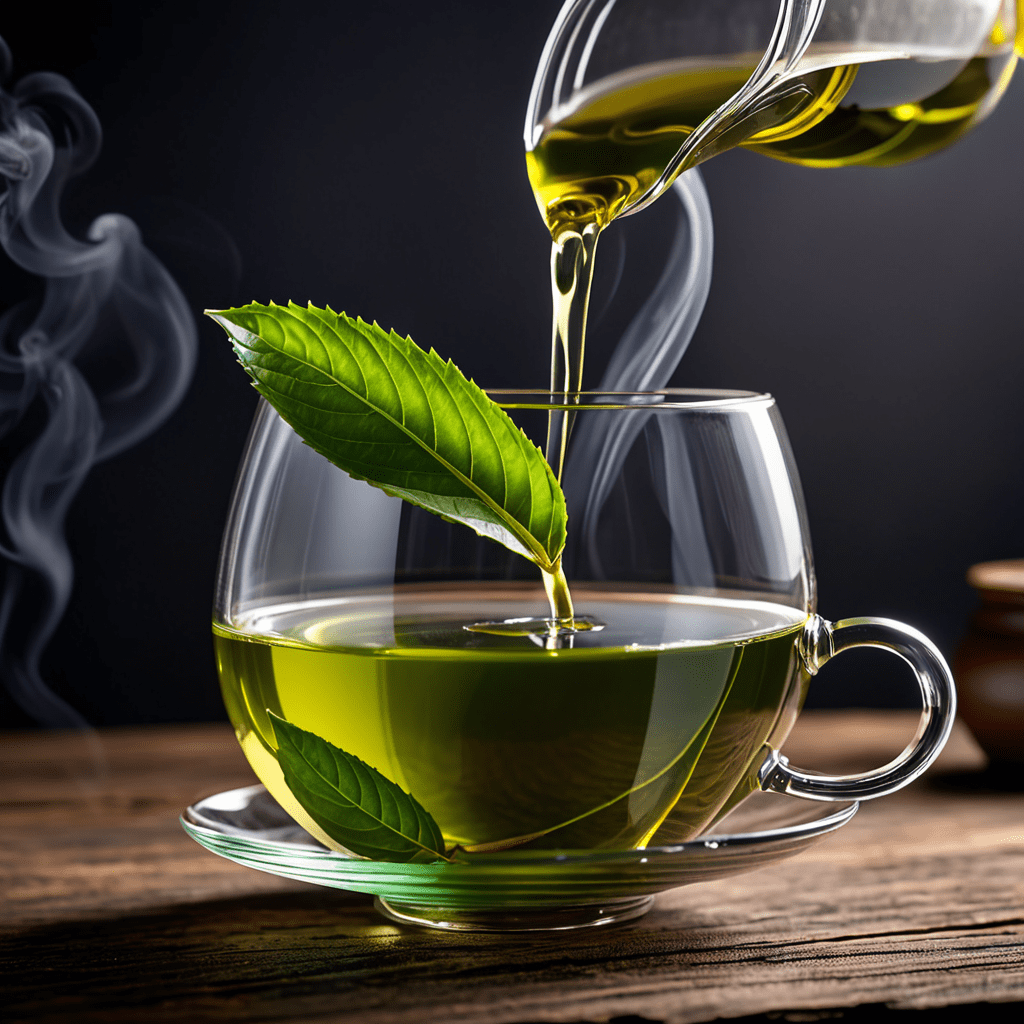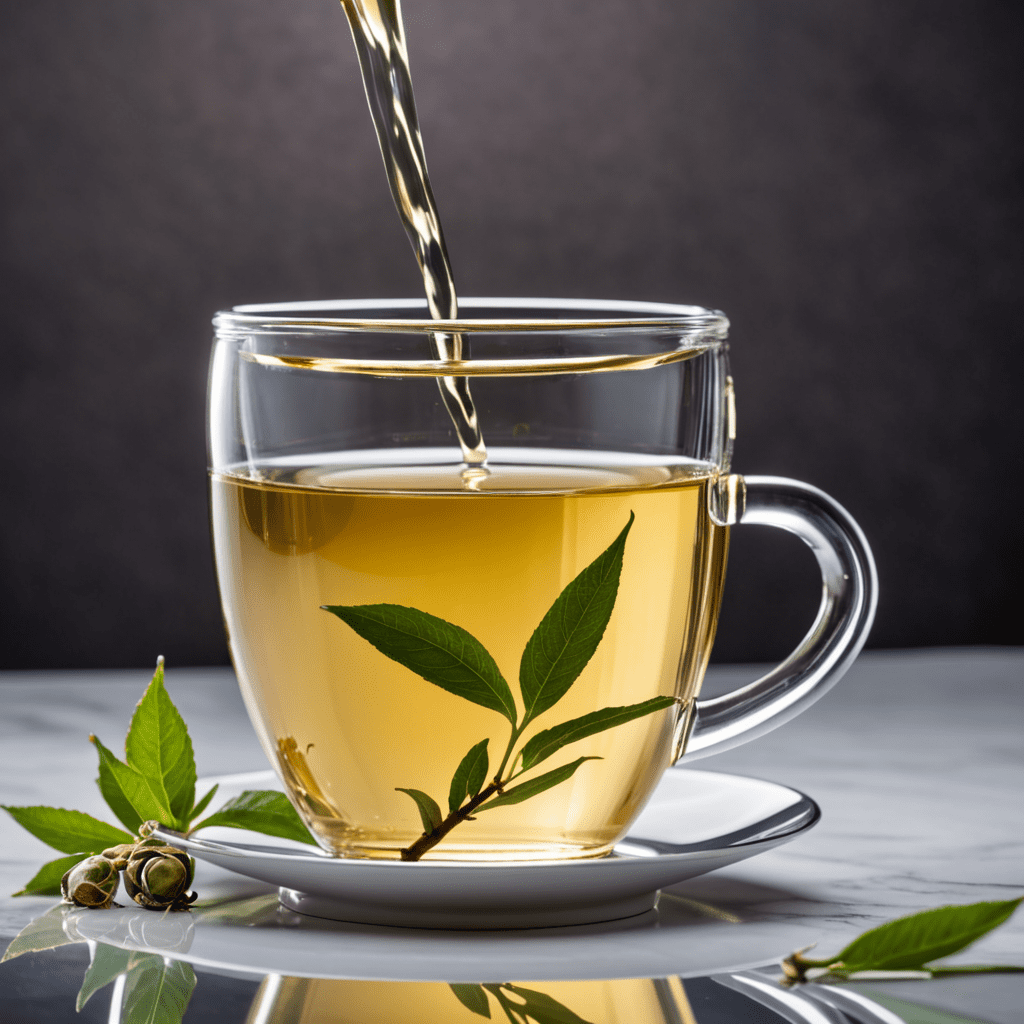
1. Introduction to Assam Tea: Origin, History, and Significance
Assam tea, a renowned variety from the verdant hills of Assam, India, has captivated tea enthusiasts worldwide for centuries. Its distinctive bold flavor and robust character are attributed to the unique growing conditions in the Brahmaputra Valley. The history of Assam tea is deeply intertwined with the British Empire, which first discovered and cultivated the region's tea plants in the 19th century. Today, Assam tea is not only a cherished beverage but also a significant part of the region's economy and culture.
2. The Science behind Tea Steeping: Understanding Temperature and Timing
The process of steeping tea is a delicate balance between temperature and timing. The ideal water temperature varies depending on the type of tea, with Assam tea generally requiring slightly cooler water to avoid bitterness. The steeping time, too, plays a crucial role in determining the flavor and strength of the tea. Understanding these parameters allows for precise control over the brewing process, resulting in a perfectly balanced cup of Assam tea.
3. The Chemistry of Assam Tea Infusion: Flavors, Aromas, and Compounds
When Assam tea leaves are steeped in hot water, a complex array of chemical reactions takes place. These reactions release a symphony of flavors and aromas that make Assam tea so distinctive. The primary flavor compounds in Assam tea include theaflavins and thearubigins, responsible for its rich, malty characteristics. Additionally, volatile organic compounds contribute to its captivating floral and spicy notes.
4. Impact of Water Quality on Tea Steeping: Minerals and pH Considerations
Water quality significantly influences the flavor and character of steeped tea. The presence of minerals, such as calcium and magnesium, can impact the extraction of flavor compounds from the tea leaves. The pH level of the water also plays a role, with slightly acidic water generally preferred for Assam tea to preserve its delicate flavors.
5. Optimal Teaware for Assam Tea Steeping: Materials and Shapes
The choice of teapot or teacup can enhance the tea steeping process. Materials like porcelain or ceramic retain heat well, allowing the tea to steep evenly. The shape of the teapot, with its spout and lid, influences the flow of water and the release of aromas during steeping. Selecting the optimal teaware ensures a harmonious brewing experience that complements the unique characteristics of Assam tea.
6. Brewing Techniques for Assam Tea: Methods and Variations
Assam tea steeping methods vary from the traditional to the innovative. The most common method involves using a teapot and loose tea leaves. After placing the tea leaves in the teapot, hot water is poured over them and allowed to steep for a specific time. Alternatively, tea bags provide a convenient option for individual servings. Another method is cold brewing, where tea leaves are steeped in cold water for an extended period, resulting in a smoother, less astringent flavor.
7. Experimental Approaches to Tea Steeping: Exploring Flavors and Effects
Beyond traditional methods, experimental approaches to Assam tea steeping offer unique experiences. One such approach is infusing tea leaves with spices like cardamom or ginger to enhance flavors and create aromatic blends. Another technique involves varying the water temperature and steeping time to explore the range of flavors and effects that Assam tea offers. Additionally, combining different tea varieties, such as Assam with Darjeeling, can create intriguing flavor profiles.
8. Sensory Evaluation of Assam Tea: Tasting, Describing, and Appreciating
Sensory evaluation is an integral part of the Assam tea experience. When tasting Assam tea, pay attention to its visual appearance, aroma, taste, and mouthfeel. The color of the tea can range from deep amber to reddish-brown, with a rich, malty aroma. On the palate, Assam tea exhibits a full-bodied flavor with notes of malt, honey, and a hint of spice. Savor the lingering finish and appreciate the complex interplay of flavors in each sip.
9. Effects of Steeping Time and Temperature on Assam Tea Character
Steeping time and temperature significantly impact the character of Assam tea. Shorter steeping times result in a lighter, more refreshing tea, while longer steeping times yield a bolder, more robust flavor. Similarly, brewing with hotter water extracts flavors more quickly, while cooler water produces a less intense but smoother tea. Experimenting with different steeping parameters allows for customization of the Assam tea experience to suit personal preferences.
10. Troubleshooting Steeping Issues: Addressing Common Problems and Solutions
Common issues encountered during Assam tea steeping include bitterness, weakness, and cloudiness. Bitterness can arise from over-steeping or using too much tea. To address this, reduce the steeping time or use less tea. Weak tea can result from under-steeping or using old tea leaves. Increase the steeping time or use fresher tea to enhance the flavor. Cloudiness may indicate the presence of minerals in the water. Consider using filtered or bottled water instead.
FAQ
What is the optimal water temperature for Assam tea steeping?
Assam tea steeps best in water between 85-95 degrees Celsius (185-205 degrees Fahrenheit).
How long should I steep Assam tea leaves?
The ideal steeping time for Assam tea is 3-5 minutes.
What is the best way to store Assam tea leaves?
Store Assam tea leaves in an airtight container in a cool, dry place, away from direct sunlight.
Can Assam tea be resteeped?
Yes, Assam tea can be resteeped multiple times, with each subsequent steep resulting in a lighter flavor.
How can I enhance the flavor of my Assam tea?
Experiment with different steeping parameters, such as time and temperature. Additionally, consider infusing the tea leaves with spices like cardamom or ginger.


